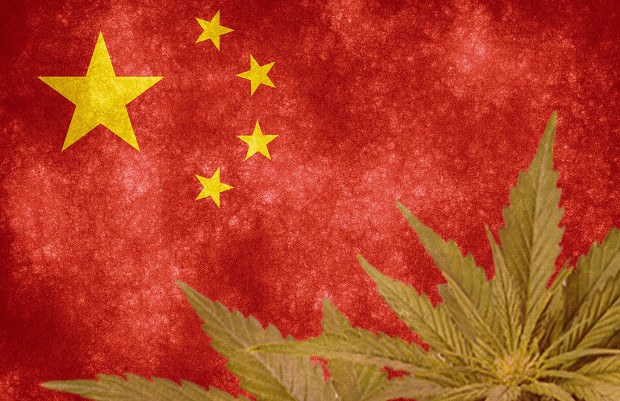Asia is capitalizing on industrial hemp
Hemp will play a significant role throughout several Asian countries in the coming years
The hemp plant is attracting a lot of media attention as of late, what with cannabidiol (CBD) quickly emerging as a therapeutic pharmaceutical ingredient.
Although the plant has been cropping up in the news lately, hemp is by no means new to the world. It is steeped in history, with the ancient Chinese using it to make rope sometime around 2,800 BC. Today, the world-leading producer of hemp is China, which churns out more than 70 percent of the world output. France falls behind in second place; the European country accounts for about a quarter of global hemp production.
Demand for industrial hemp is flourishing and China is capitalizing on it with velocity. The huge East Asian country, home to 1.4 billion people, pulled in $1.2 billion in hemp sales last year.
CBD is soaring in demand around the world
Hemp seeds are crammed with fatty acids and can be turned into oil or used to make snacks. The plant’s flowers and leaves are rich in CBD, which can prove useful for relieving pain, inflammation, and anxiety. In June of last year, Epidiolex, the first CBD medicine for epilepsy, was approved by the U.S. Food and Drug Administration.
Major developments are happening in China and Asia-Pacific, according to New Frontier Data’s Asia-Pacific Hemp Brief: 2018 Industry Overview. The report investigates the hemp marketplace in a rapidly evolving landscape, as well as developments in applications and nationwide markets.
“We are seeing so much growth and industry development in Asia’s hemp sector, if exportation of hemp-based products, hemp-derived CBD, and hemp-based technologies continue to evolve with China and India leading the way, we may be looking at a modern-day East-West Silk Road, with material global economic implications, in the not too distant future,” said the Founder and CEO of New Frontier Data, Giadha Aguirre de Carcer.
From the report’s key findings, we can learn that hemp will play a significant role throughout several Asian countries in the coming years. The report also indicates that while Canada is set to become a global exporter of CBD, the “Great White North” would likely be undercut by Southeast Asia’s low-cost hemp producers.
Asia hemp and cannabis production is increasing
As a global pioneer in hemp cultivation, processing, manufacturing and exports, it’s not surprising that China produces one-third of the world’s hemp market. Last year, South Korea made $8.5 billion in product sales for its thriving beauty and personal care market, in which it distributes CBD-infused products.
CBD was legalized in South Korea in November, making it the first country in eastern Asia to legalize medical cannabis. Australian company MCG Pharmaceuticals recently entered into a $31.3 billion supply agreement to supply Korean company Varm Cosmo with 15,000 kg of CBD-infused skin care products every month for three years.
Numerous other markets in East Asia and Southeast Asia are contemplating easing restrictions on medical cannabis and industrial hemp, including Malaysia, Japan, and Thailand, which legalized medical cannabis last December. At this rate, Asia could very well become a global hemp hub in the foreseeable future.










